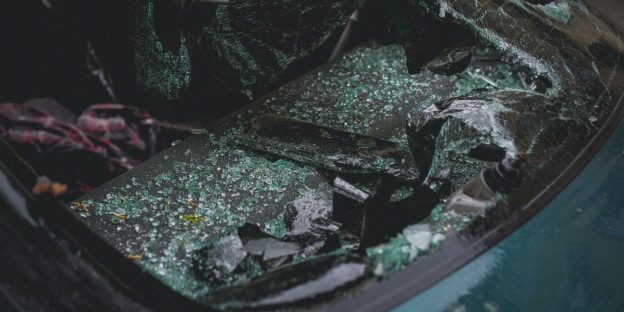
Featured image – Unsplash Royalty Free
Buying a repo car can save literally thousands of dollars, but there is an art to the process that can make all the difference between a successful purchase and a money pit.
One of the nuances of this is the accident history of the car. It’s extremely important to make sure you have a full understanding of the repo car you’re considering purchasing to protect yourself from long-term problems.
This guide will take you through the whole process, to make sure you actually save money.
Let’s get into it.
Vehicle History Reports
Vehicle history reports reveal crucial details about a repo car’s past through documented records of accidents, repairs, and title changes.
These reports act as your primary defense against purchasing a vehicle with hidden damage or title issues.
Decoding the VIN
A Vehicle Identification Number (VIN) contains 17 characters that uniquely identify your potential purchase. Each digit represents specific vehicle information, from the manufacturer to the model year.
You’ll find the VIN on the dashboard near the windshield and on the driver’s side door jamb. Make sure to locate the number and check they match.
Key VIN locations to check:
- Dashboard (viewed through windshield)
- Driver’s side door frame
- Insurance documents
- Vehicle registration
Accident History
Use a website like Carfax or AutoCheck to see if the vehicle has any accidents along with the damage severity ratings.
Look out for airbag deployments or structural damage, as well as other common red flags:
- Frame damage
- Multiple accidents in short periods
- Inconsistent repair documentation
- Missing accident details
Assessing the Significance of a Salvage Title
A salvage title means an insurance company declared the vehicle a total loss. This typically happens when repair costs exceed 75% of the car’s value.
Salvage titles severely impact resale value and insurance coverage options. Some insurers won’t provide comprehensive coverage for salvaged vehicles.
Important salvage title considerations:
- Limited financing options
- Higher insurance premiums
- Reduced resale potential
- Required safety inspections
Inspection and Evaluation of Repo Cars
A thorough inspection of a repossessed vehicle can reveal hidden problems and help you make an informed purchase decision. Professional evaluations and careful attention to specific damage indicators protect your investment.
Professional Pre-Purchase Inspection
Take the vehicle to a licensed mechanic for a comprehensive inspection before purchase. A professional can spot mechanical issues that might not be apparent during a test drive.
The inspection should include a detailed examination of the engine, transmission, suspension, and electrical systems. Most mechanics charge between $100-200 for this service.
Request a written report documenting all findings. This document can serve as leverage for price negotiations and help you estimate potential repair costs.
Identifying Signs of Frame or Flood Damage
Check the vehicle’s frame rails and mounting points for signs of welding or straightening. Look for misaligned body panels and uneven gaps between doors.
Key flood damage indicators:
- Musty odors in the interior
- Water lines in the engine compartment
- Rust in unusual places
- Mud or debris in hidden areas
- Brittle wiring under the dashboard
Examine the carpet and upholstery for water stains or signs of recent replacement.
Analyzing Mileage and Wear
Compare the wear on pedals, seats, and steering wheel with the displayed mileage. These components should show consistent wear patterns.
Check these wear points:
- Driver’s seat bolster condition
- Brake pedal rubber wear
- Steering wheel smoothness
- Door handle wear patterns
Request maintenance records to verify regular service intervals. A vehicle with documented maintenance often indicates responsible ownership.
Look for uneven tire wear, which can signal alignment problems or improper rotation schedules.


